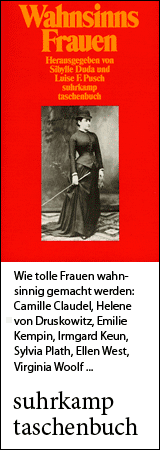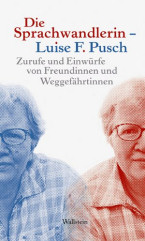Biographies Isabella d’Este Gonzaga

(Isabella d'Este Gonzaga, Marquise of Mantua)
born on May 18, 1474 in Ferrara
died on February 13, 1539 in Mantua
Italian matron of the arts, politician and regent
485th anniversary of her death on February 13, 2024
550th birthday on June 29, 2024
Biography
When Isabella d'Este became Marquise of Mantua by marriage at the age of 16, she soon continued the tradition of her parental home and made her court a vibrant center of literary and artistic life. She was gifted with vitality and intelligence, taste, education, many interests and a special talent for diplomacy. Reigning wisely over long periods of time, she succeeded in mediating and in navigating her state safely through the tangle of often changing family and/or political loyalties, between disputes and wars as well as in protecting it from the ambitions of the Pope, several princes and her brother-in-law Cesare Borgia.
Despite her husband’s hurtful affairs and his later syphilis, she was a faithful wife, nurse and administrator. She cultivated extensive friendships both close to home and internationally, and she corresponded with scholars, politicians, poets and painters. Many of them lived at her court; others informed her from afar about all the latest news in artistic and intellectual circles and, above all, helped her to understand complicated political maneuverings. Famous poets and musicians were in her service and educated her children. The author of Corteggiano worked as ambassador to Leo X for her; Ariosto read his Orlando Furioso to her; the novelist Bandello described her as “supreme among women”; she was even revered by Niccolò da Correggio as la prima donna del mondo!
In addition, Isabella loved music. Of course, she played the lute. But she also mastered the clavichord, had an extremely valuable harpsichord built by the famous Lorenzo di Pavia, and employed leading lute players as well as the popular madrigalist Tromboncino. And music was also one of the main themes for the exquisite architectural and above all artistic decoration of her residences and especially the studioli in the castle of Mantua. Important painters such as Mantegna worked for her; Titian, Leonardo and others created portraits of her. Collecting works of art was actually a passion she pursued with “the judgment of a scholar and the taste of a connoisseur.” This meant the small state budget was often overburdened and the debts that ensued had to be paid off by pawning expensive robes and jewelry.
Her elegance and dazzling jewels inspired popes and kings. With her interest in antiquities and precious books, new editions of the classics and translations were made for her, e.g. of Plutarch, and she thus also greatly influenced intellectual life in Mantua. But on several occasions her passions for collecting and diplomacy could also be viewed as having resulted in tactless faux-pas: after Borgia captured the court of her friend and sister-in-law Elisabetta, she asked him for Michelangelo's Amor, which he had seized there; and after the fall of her brother-in-law Sforza Il Moro, she attended a ball given by his victor Louis XII of France in hostile Milan.
However, the intense friendship and correspondence between the three women Isabella, her sister Beatrice (Sforza) and sister-in-law Elisabetta in Urbino are moving on a human level. The sanctuary she granted to politically persecuted and “emigrant” women also sheds a beautiful light on Isabella. Among others, her brother's wife Lucrezia Borgia and Sforza's two main mistresses (and rivals of her sister) found refuge with her.
(Text from 1998; translated with DeepL.com; edited by Ramona Fararo, 2024)
Please consult the German version for additional information (pictures, sources, videos, bibliography).
Author: Swantje Koch–Kanz
If you hold the rights to one or more of the images on this page and object to its/their appearance here, please contact Fembio.




